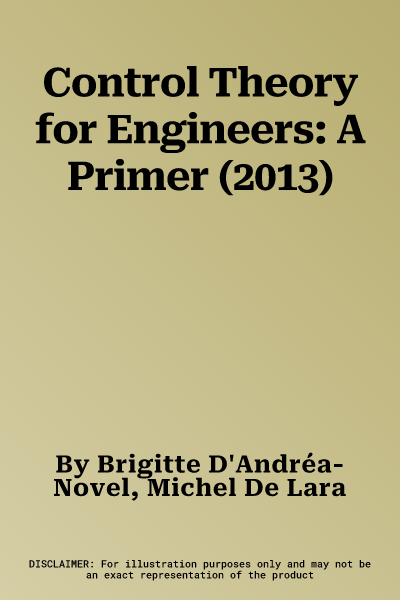Control Theory is at the heart of information and communication
technologies of complex systems. It can contribute to meeting the energy
and environmental challenges we are facing.
The textbook is organized in the way an engineer classically proceeds to
solve a control problem, that is, elaboration of a mathematical model
capturing the process behavior, analysis of this model and design of a
control to achieve the desired objectives.
It is divided into three Parts. The first part of the text addresses
modeling aspects through state space and input-output representations.
The notion of the internal state of a system (for example mechanical,
thermal or electrical), as well as its description using a finite number
of variables, is also emphasized. The second part is devoted to the
stability analysis of an equilibrium point. The authors present
classical tools for stability analysis, such as linearization techniques
and Lyapunov functions.
Central to Control Theory are the notions of feedback and of
closed-loop, and the third part of the textbook describes the linear
control synthesis in a continuous and discrete-time framework and also
in a probabilistic context. Quadratic optimization and Kalman filtering
are presented, as well as the polynomial representation, a convenient
approach to reject perturbations on the system without making the
control law more complex. Throughout the text, different examples are
developed, both in the chapters and in the exercises.


